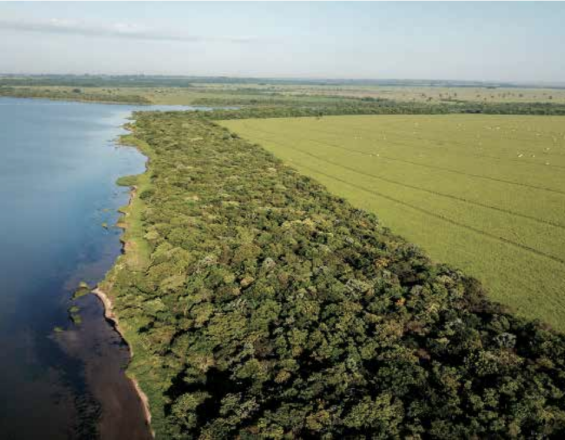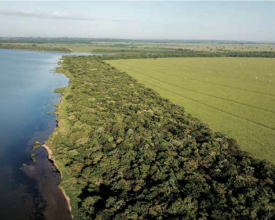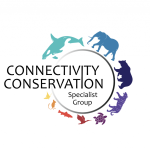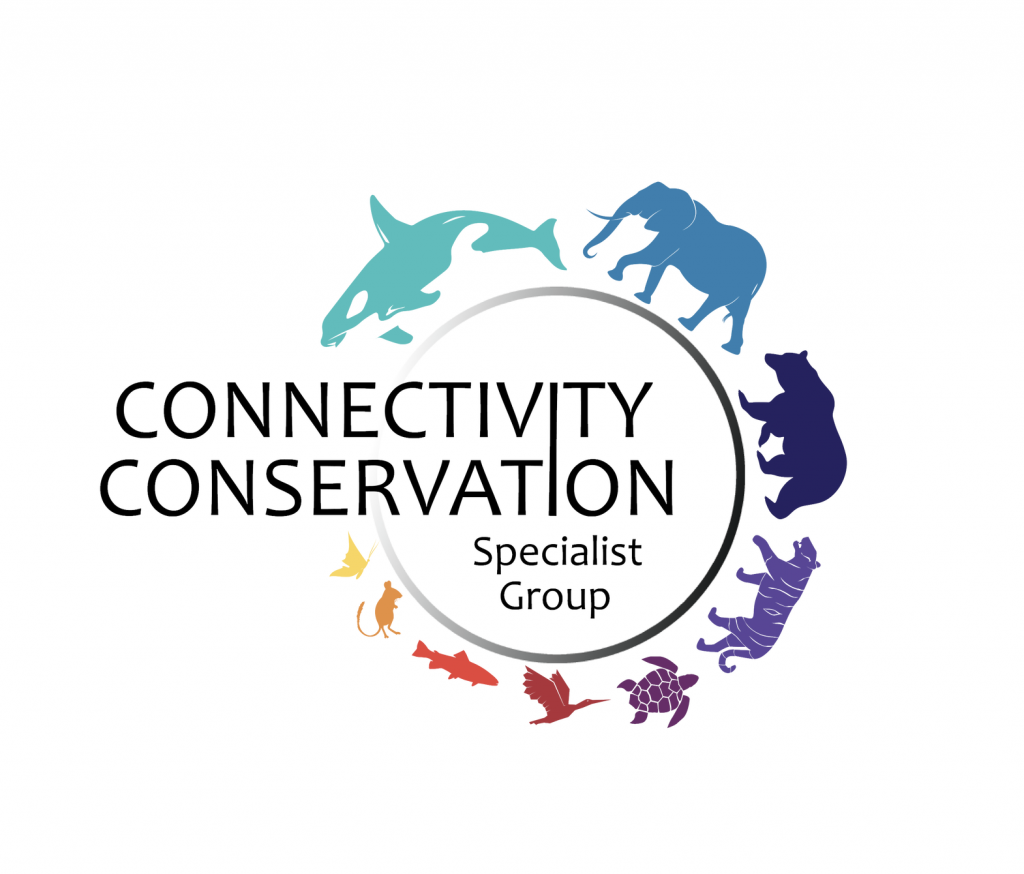Improving Livelihoods and Connecting Forest in Brazil

In Brazil, the largest Atlantic Forest remnants lie in the Pontal do Paranapanema area of western São Paulo state. During the 1960-90s largescale ranching and sugarcane farming threatened the connectivity of the forest. Promoting income generation for settlers is urgently needed, as is protecting the remaining fragmented forests within this productive landscape before further pressures ensue.
The Corridors for Life project focuses on encouraging the adoption of biodiversity-friendly land-use options, enhancing the adoption of sustainable agriculture and agroforestry, improving farmers’ livelihoods, and providing investors a return in the form of high-quality carbon offsets. Selecting areas for agroforestry and restoration will increase habitat viability by means of ecological corridors to increase connectivity between ‘core’ forest fragments, ensuring genetic exchange.
Impacts
A conceptual map was used to guide the creation of Brazil’s largest reforestation corridor, which, after ten years of effort, links two main remnants of Atlantic Forest in the region. This ecological corridor is approximately 7 km long with average width of 400 m. It was restored entirely on privately owned lands. It is protected by the Law for Protection of Native Vegetation, passed in 2012. The law reaffirms the obligation of private landowners to conserve or restore permanent preservation areas and legal reserves on their properties.
To date, approximately 1,800 ha of forest have been restored in Pontal do Paranapanema. This includes the 1,200 ha of the main ecological corridor, another 600 ha in five smaller corridors and 90 agroforestry steppingstones on rural properties. This project consolidates strategies that represent sustainable livelihood alternatives for communities of the land reform movement in Brazil, replicating good practices and policies in income generation and biodiversity conservation. By using scientific evidence, cooperating with new settlers and large landowners, and collaborating with state and federal agencies, the program is implementing a land-use framework that promotes sustainable agriculture and biodiversity conservation over the long term.



